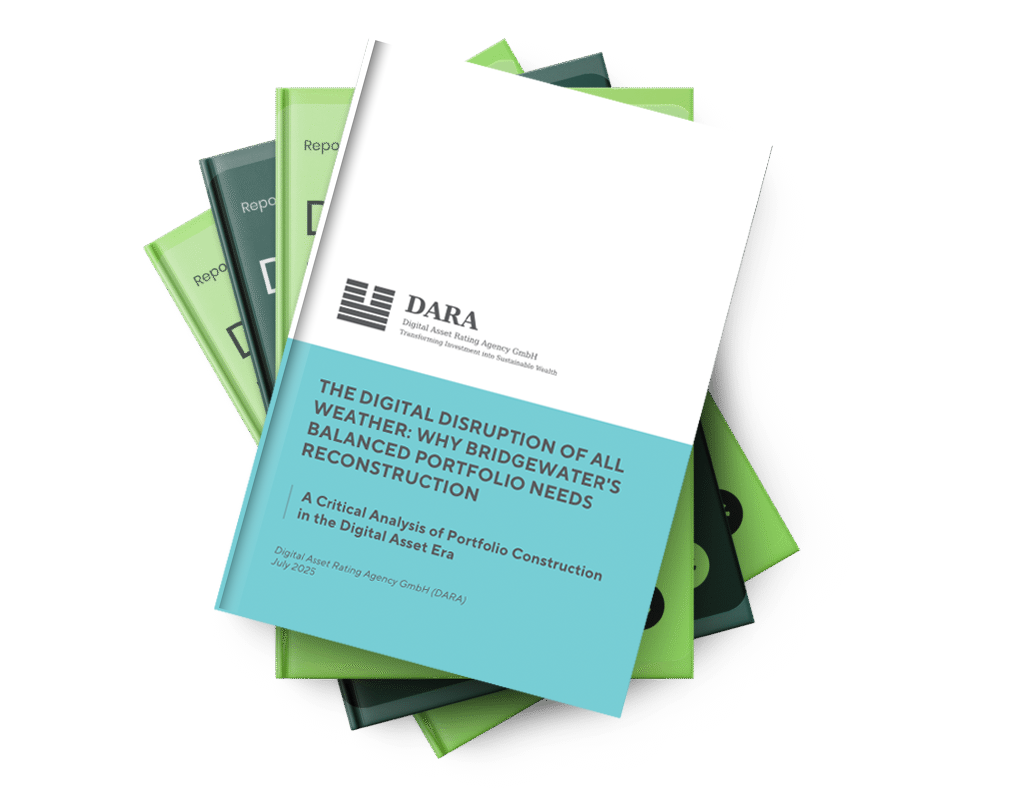Why Bitcoin Could Become the Next Global Reserve Asset
Bitcoin’s role in global finance is rapidly evolving. This comprehensive white paper examines how de-dollarization trends and landmark regulations in the U.S. and Hong Kong are creating unprecedented conditions for Bitcoin’s institutional adoption.
Through two rigorous valuation frameworks, the Network Sustainability Model and Gold Parity Model, we demonstrate why Bitcoin could reach multi-million dollar valuations as it transitions from mining subsidies to transaction fees. Our analysis reveals how central banks and sovereign wealth funds are positioning Bitcoin alongside gold as a politically neutral reserve asset.
From El Salvador to potential BRICS adoption, the shift is already underway. This paper provides essential insights for investors, policymakers, and institutions navigating Bitcoin’s transformation into a cornerstone of the emerging global monetary order.

Bitcoin at an Inflection Point: Network Economics and the Path to Institutional Adoption
Inside this white paper
- Why central banks are quietly accumulating digital gold
- The $900 billion Treasury shift reshaping crypto markets
- Inside the math: Bitcoin’s path to $5 million
- Gold parity theory: The trillion-dollar convergence ahead
Read this white paper to understand Bitcoin’s path to reserve currency status and path to institutional adoption.
Bitcoin’s Inflection Point
“Bitcoin is no longer a fringe experiment. It’s becoming the digital backbone of a new financial era — one that values neutrality, scarcity, and strategic sovereignty.”
Why It Matters
Bitcoin has reached a turning point — from volatile outsider to credible asset class on the global stage. Amid rising de-dollarization and increasing fiscal strain across economies, Bitcoin is emerging as:
- A strategic reserve candidate — with central banks and sovereign entities exploring Bitcoin as a digital counterpart to gold.
- A neutral asset in a multipolar world — offering policy-resistant value in an era of deepening geopolitical divides.
- A maturing infrastructure — supported by legislative movements such as the U.S. GENIUS Act and Hong Kong’s Stablecoin Bill, which lay the groundwork for institutional adoption.
- A long-horizon asset with credible valuation paths — including Gold Parity models and fee-based security economics, indicating long-term upside beyond current market assumptions.
This isn’t speculation — it’s strategic reallocation. Bitcoin’s role in the future of finance is no longer theoretical. It’s infrastructural.


